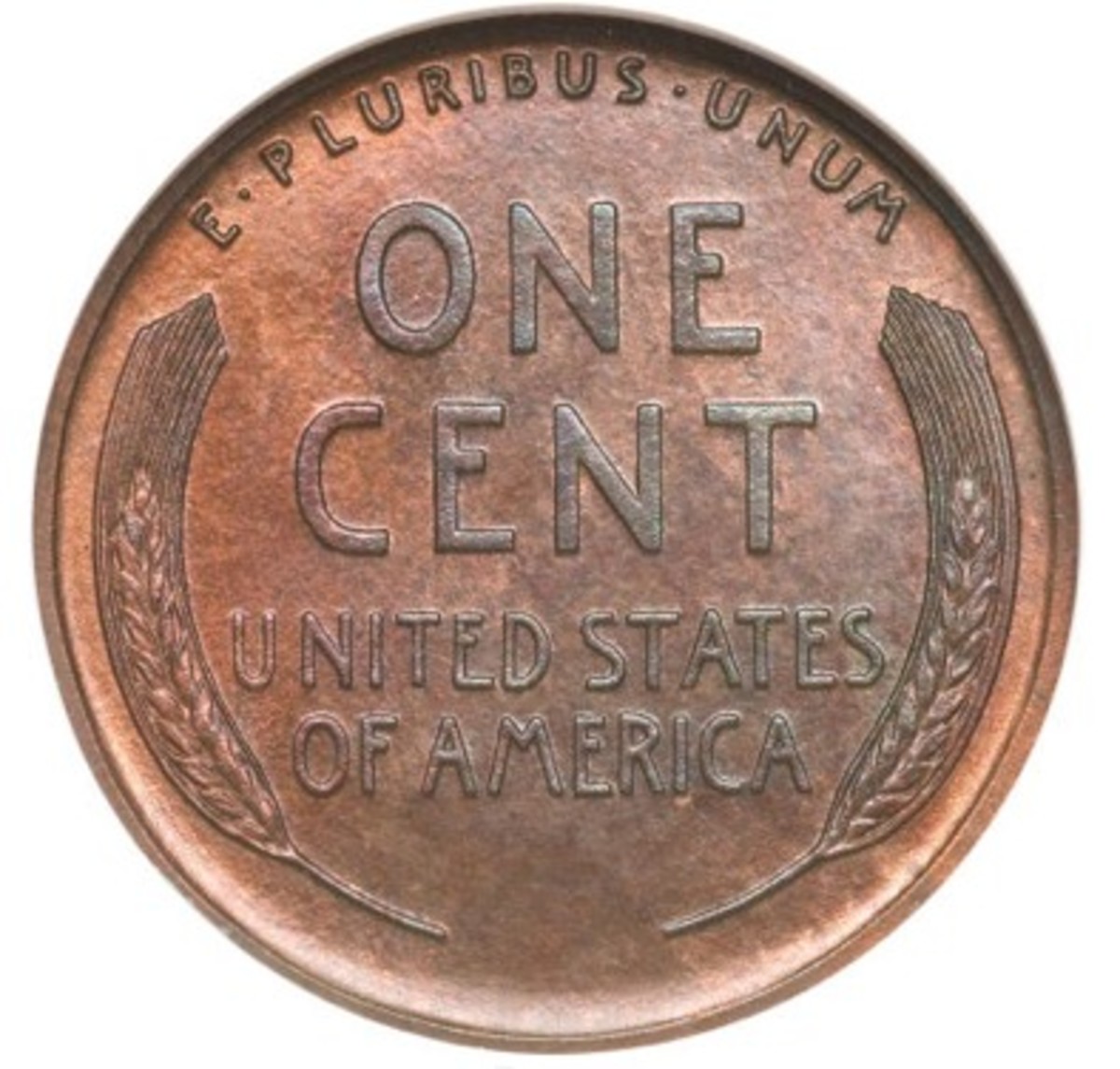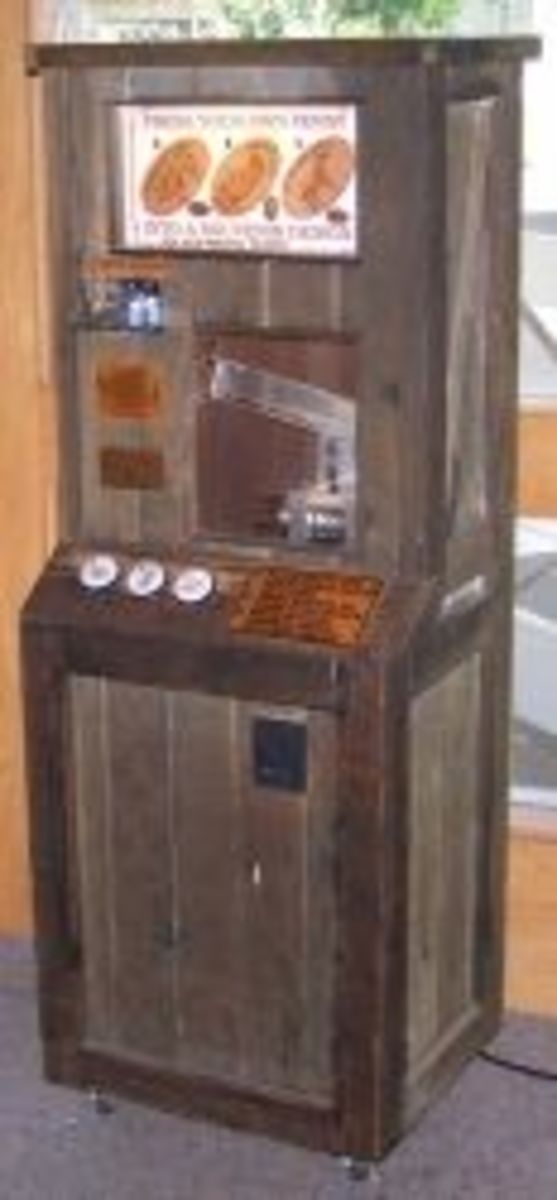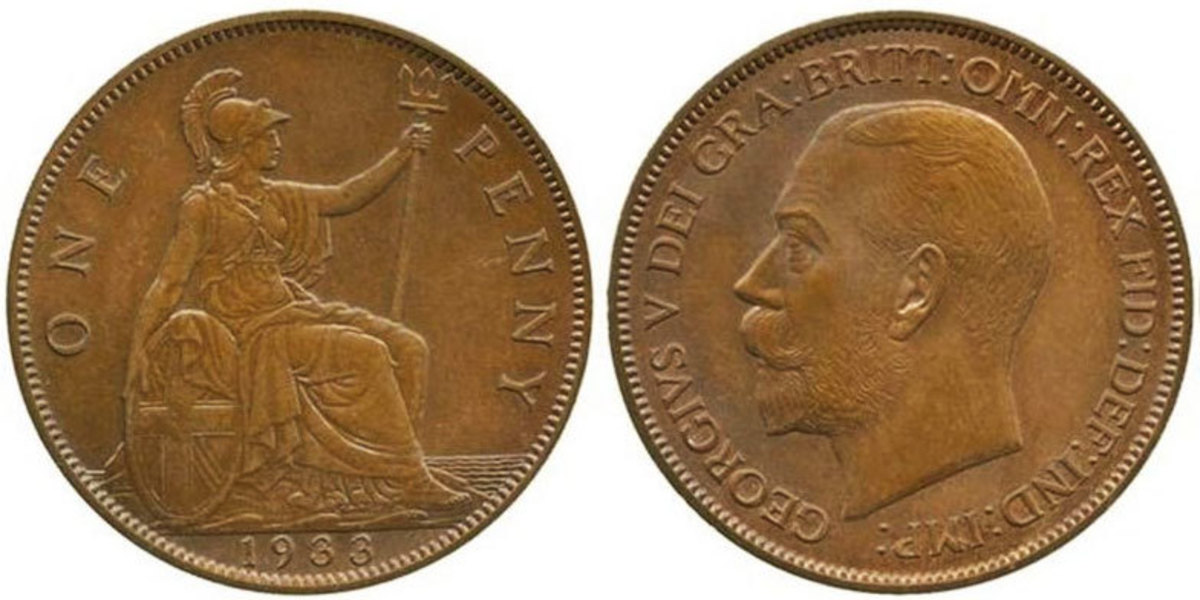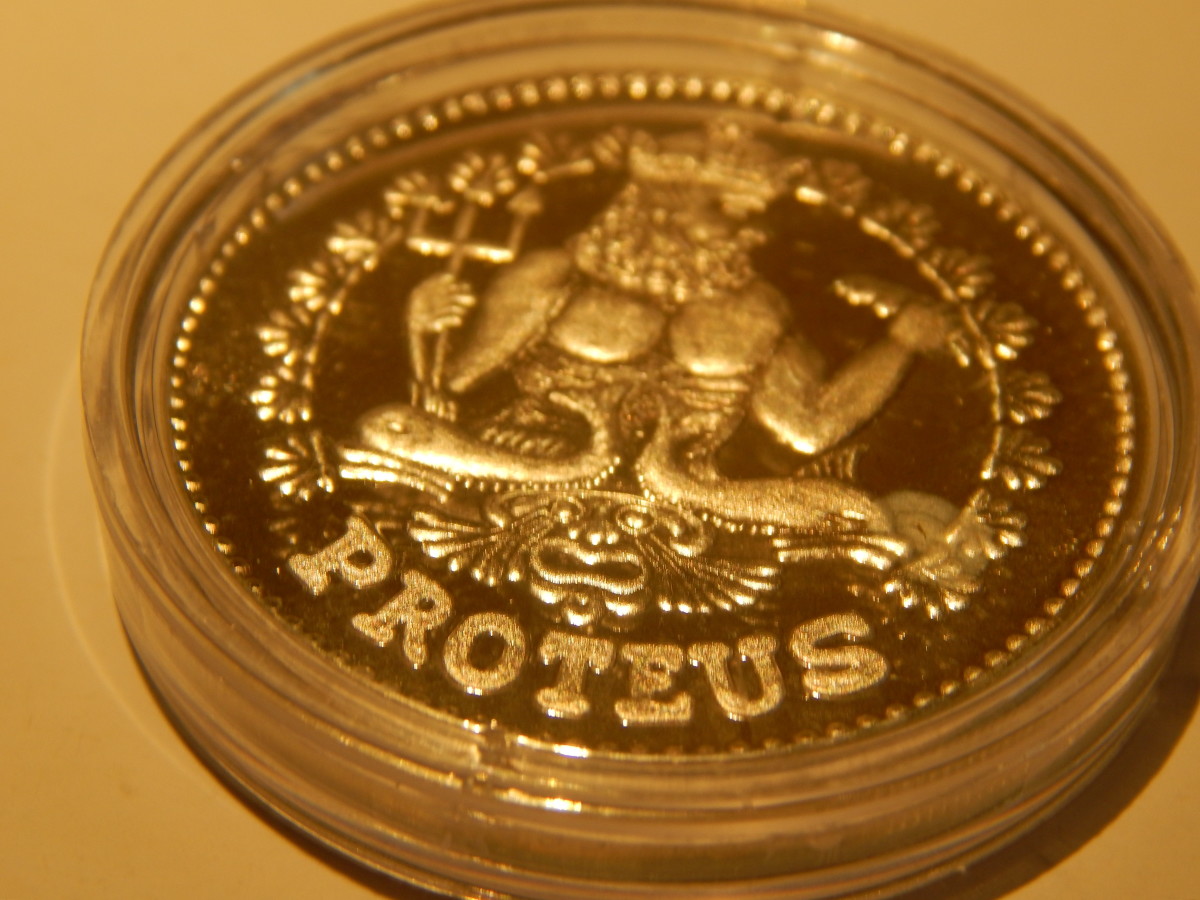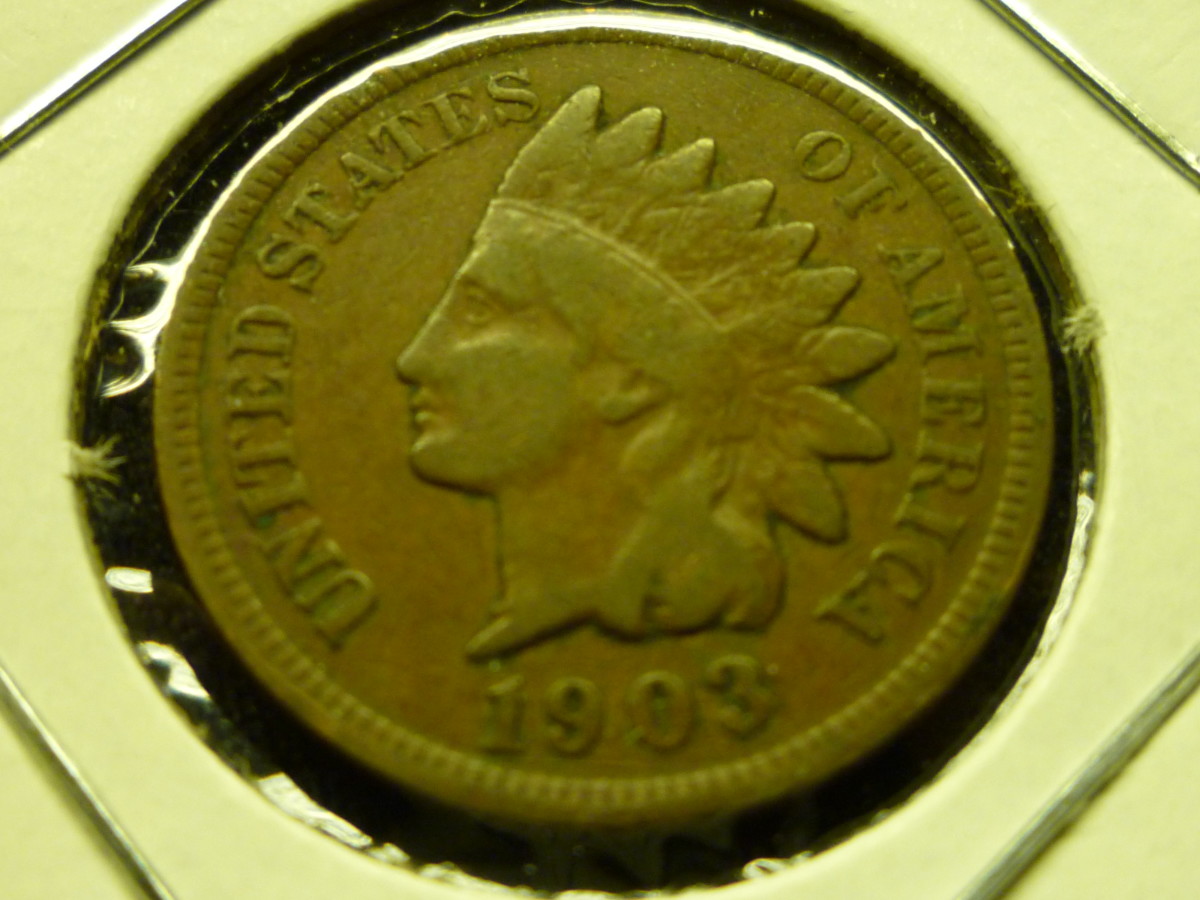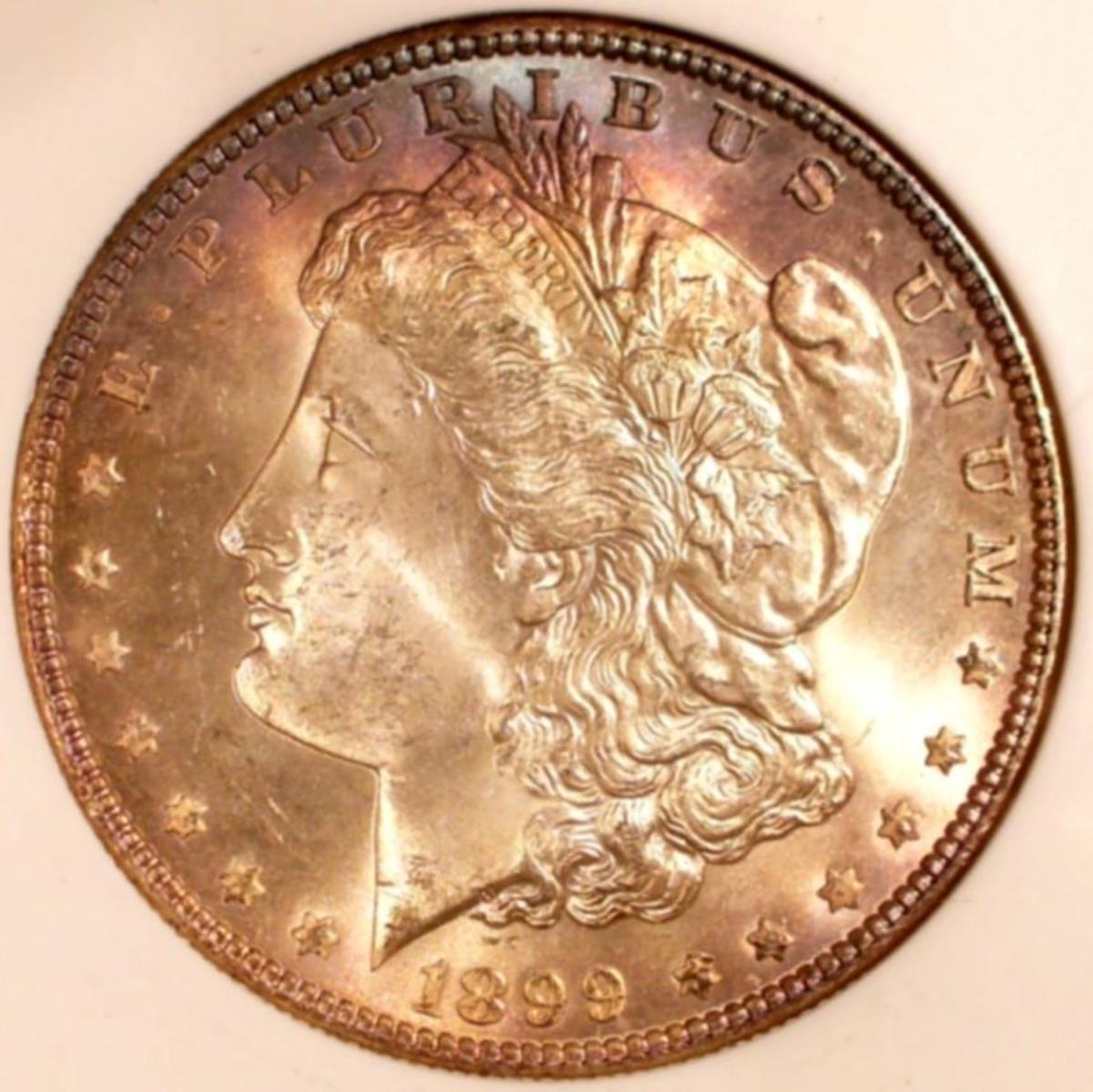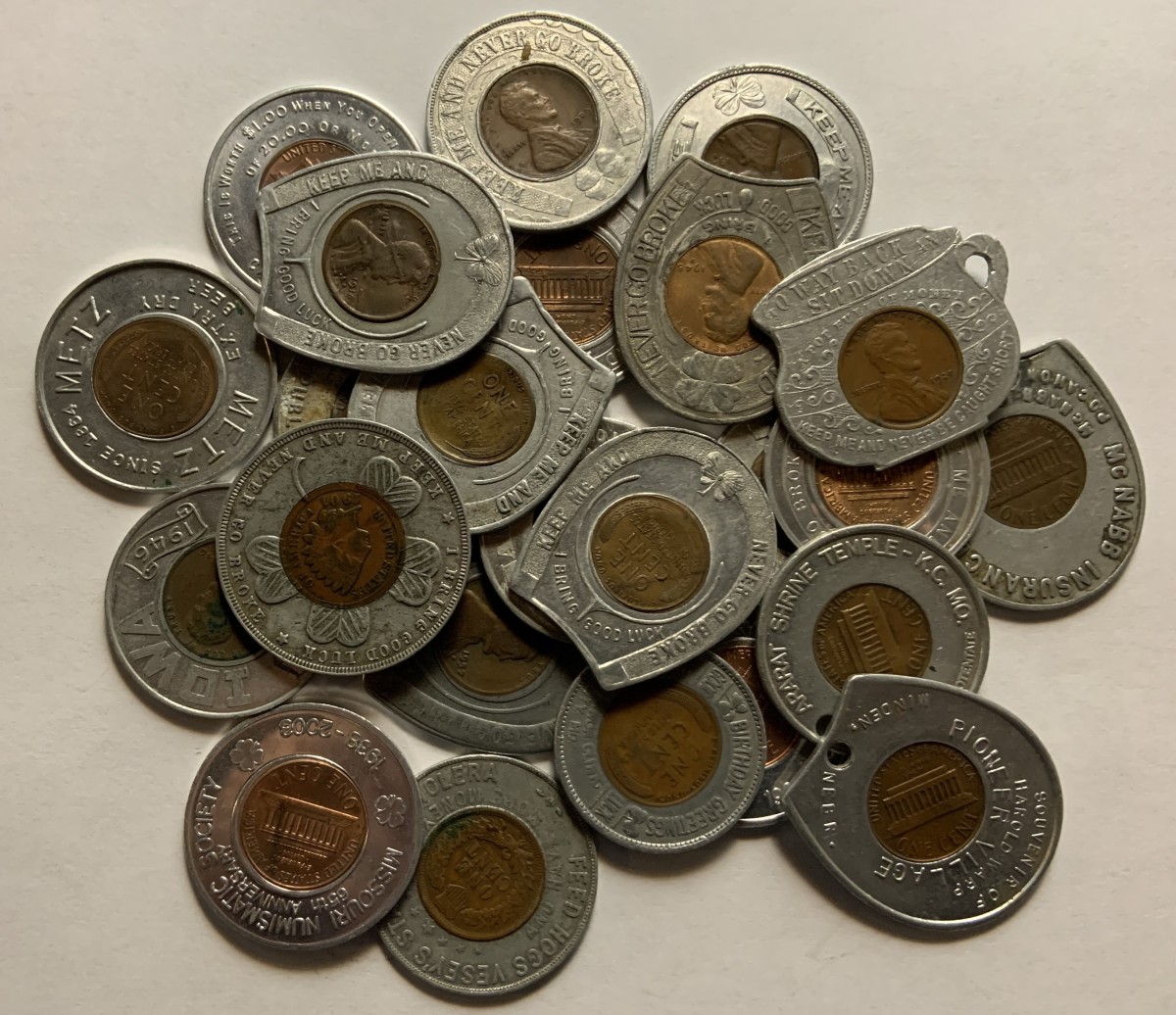Steel Pennies, Soviet Bills, and Confederate Money

Coin collecting for historical significance
It became apparent to me that coin and bill collecting for value on the market is not nearly as fun as collecting for historical significance and just oddity/interesting money. Even worse is collecting money for the gold or silver melt worth. Ruining what I consider to be precious artifacts with no regard for their historical significance really makes me cringe!
I collect money for various reasons, but historical significance has always been the most interesting to me.
To me, if a coin or paper money has a story behind, it is worth having, because you can talk about that significance. Why the coin was made and why it was important is far more interesting to me than its value to buy things.
Think of it this way:
A Deutschmark from 2000, not that interesting.
A Reichsmark during the reign of the Third Reich has a story behind it, albeit a tragic story, but very interesting nonetheless.

Confederate Money
America today is a divided nation, with left vs right. But years ago, an even greater rift was in place between the North and the South. The results of which was a war that caused the bloodiest day in American history, the Battle of Antietam, on September 17, 1862.
Contrary to popular belief, the South did not secede only due to the slave issue. There was an economic disparity between the North and the South, as well as an argument over states' rights, among other things. Slavery was definitely an issue, but it wasn't the ONLY issue.
These two notes bring into sharp detail how serious the South was about secession. In their minds, it had already occurred, and the South was now an independent nation, known as the Confederate States of America, or CSA.
Near the end of the war Abraham Lincoln began working on the Reconstruction Era and was offering amnesty to many soldiers.
Unfortunately, just 5 days after the South's surrender, Abraham Lincoln was assassinated by John Wilkes Booth.
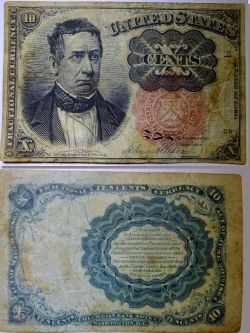
Fractional Currency
Pictured to the right, my 1874 10 cent bill. Yes, the same 10 cents that a dime is today. The very fact that 10 cents were issued as paper money once, versus the ubiquitous dime we see today, blows people's minds.
Pictured on the bill is William M. Meredith. Meredith was born in Pennsylvania and was a member of the now defunct Whig political party. President Zachary Taylor wanted a Pennsylvanian Whig for his cabinet, and appointed Meredith as Secretary of the Treasury.
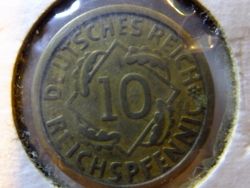
Pre-WW II 10 Reichspfennig
This was a turbulent time in German (and World) history. Fresh off of a defeat during World War 1 in 1918, the Germans were about to put one of the most infamous regimes in history in power, headed by Adolf Hitler. Hitler was already taking power, and attempted a failed coup in 1923 known as the Beer Hall Putsch. While he was in prison, he wrote "Mein Kampf."
He was released in 1924, which was the year this coin was minted. Conceivably, Adolf Hitler might have carried this shiny Reichspfennig around as pocket change, before Germany introduced the Reichsmark in the very same year.

Steel Pennies
In 1943, the US Government issued zinc coated steel pennies
I like steel pennies for quite a few reasons, but the biggest reason is that most people have never a steel penny before, or even know they exist. The steel penny takes something that everyone is familiar with, and turns it on its head. Instead of the normal copper, a steel penny is a silver color from a zinc coating. Also interesting, the back of the penny is the old "wheat" penny style, not the usual Lincoln memorial.
The story behind the steel penny is that copper was in short supply and needed for shell casings during World War II. To reduce the need of copper, pennies were minted using a steel base and zinc coating.
The steel penny is the only magnetic coin issued by the U.S. You can use this quality to assist with illusions to entertain your friends.
Note: If you have a copper 1943, you have a real rarity, and it is worth big bucks. To check and see if it is a real copper penny, try sticking it to a magnet. If it sticks, you have a steel penny that has been coated in copper, not a real copper 1943 penny. There are very few known copper 1943 pennies in existence.
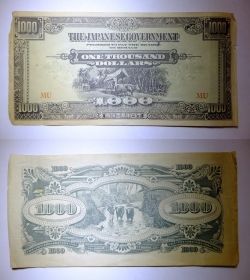
Japanese $1,000 bill
During World War II, the Japanese would confiscate all local currency and would issue military backed notes. This bill appears to be from after the Japanese invaded Malaysia, which coincided with the attack of Pearl Harbor, December 7, 1941.
It's odd, and considered note-worthy to me, because the bill was printed by the Japanese, written in English, used in Malaysia, and marked as dollars .
Unfortunately, once the Japanese were defeated, the money is no longer worth face value...or I would be 1000 dollars richer!
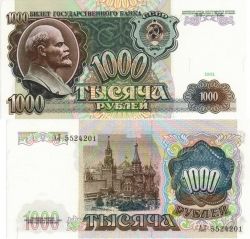
Soviet Ruble
The United Soviet Socialist Republic (USSR or CCCP) was part of the allies during World War II. With the splitting of Berlin into the East and West sides, a wall was formed between East Bloc and West bloc both literally and figuratively. What was initially just a splitting of German territory in 1947 turned into a rift that would last for 44 years. The Cold War had begun.
The USSR and the United States would wage a war, not on the battlefield, but behind closed doors.
Nuclear war was a huge threat, and multiple close calls occurred. Sometimes only balls of steel kept us from turning the Earth into a nuclear wasteland.
Spying was commonplace, with incidences of sabotage. One such incident that stands out, to me is the huge gas pipeline explosion caused by a virus the CIA planted in 1982.
This is only what we know today, I am sure there are classified documents with even more interesting tales.
Do you have something rare?
If you have something rare or unusual, it is always a good idea to get it graded and authenticated by the PCGS or Professional Coin Grading Service.
PCGS is widely recognized as the most authoritative grading service available. Besides positive identification, a PCGS grading will establish authenticity.
If you, at some point, find the need to sell your coins, a PCGS grading will make buyers feel much more secure in purchasing a particular coin.
Especially for more valuable or rare coins, a PCGS grading is a great investment. PCGS graded coins and bills generally sell for more money compared to a non-professionally graded coin.
This content is accurate and true to the best of the author’s knowledge and is not meant to substitute for formal and individualized advice from a qualified professional.

